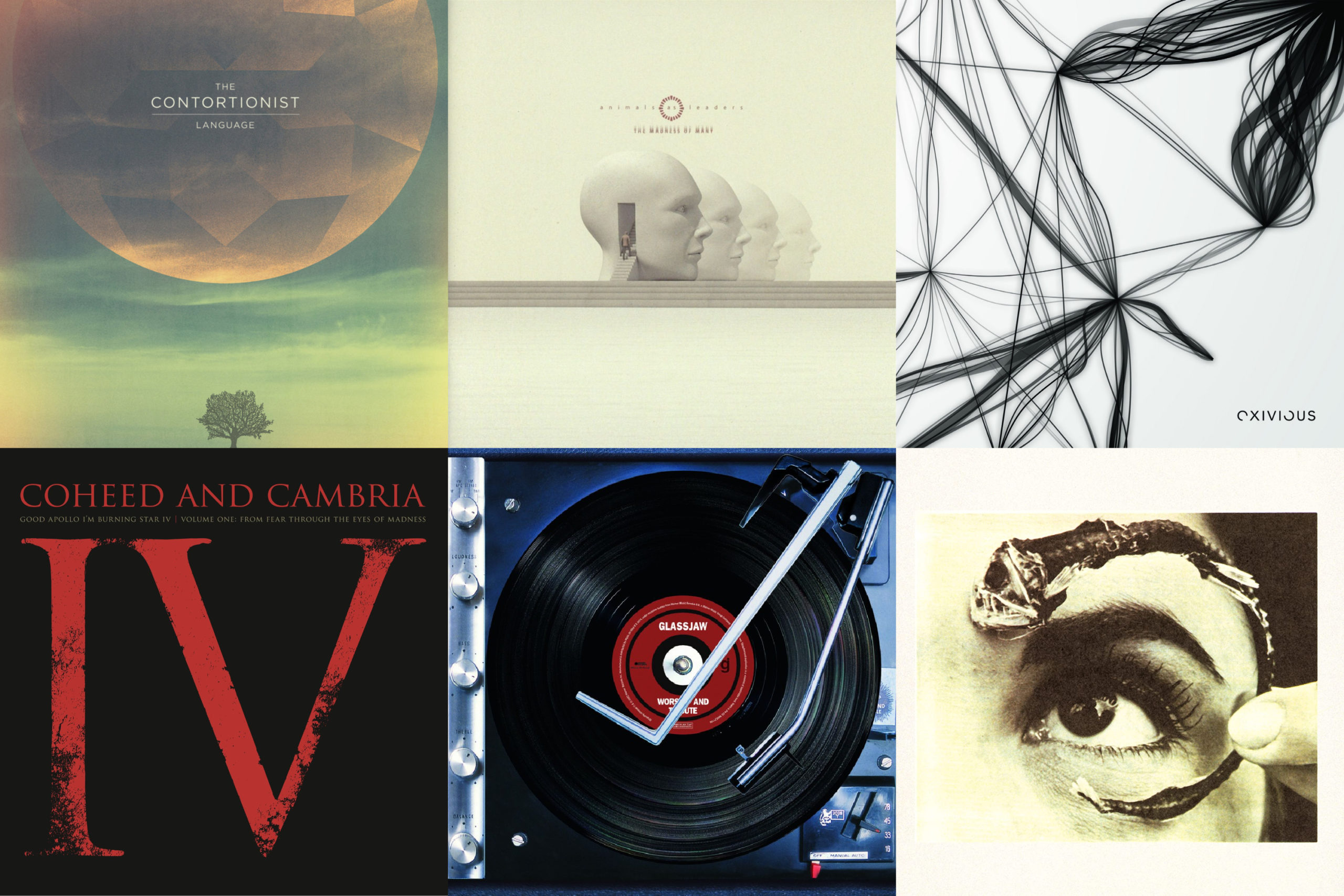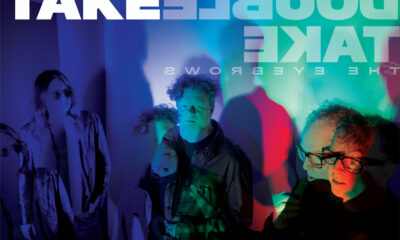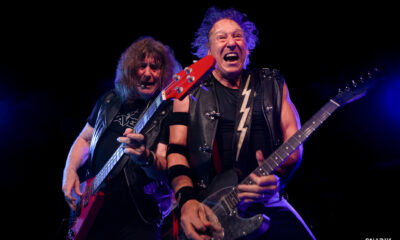Alternative/Rock
Stereo Six: Cyderian Son on the Main Influences for Their Newest Single and Upcoming EP

New York prog quartet Cyderian Son command their seething aural power with pinpoint aplomb, mixing heavy post-hardcore and ambient alternative stylings. A nexus point of brooding rock and metal, Cyderian Son craft their sharp tunes with an experienced ear for the not-quite-heavy, not-quite-soft mixing of extremes. Their newest track, the October 2020 single “Mayans” is a pleasing, explorative tune perforated perfectly by some prog metal staples. The tune is their first in four years and leads audiences towards their upcoming, as-of-yet untitled EP due out in 2021, on which it is featured.
In preparation for this next batch of bristling tunes, Cyderian Son give a glimpse into their future sounds by looking at the titanic works that have inspired their craft. Follow Keenan Williams (vocals), Mike Giglia (drums), John Conte (guitar), and James Nascimento (bass) on this Stereo Six journey as they explore five classic albums, and one curveball entry, that helped form “Mayans” and their upcoming release. With some mammoth prog and post-hardcore entries below, now’s the perfect time to let your angsty vibes fly free.
1. The Contortionist – Language (2014, eOne/Good Fight Music)
“Language came out right around the time we were finishing up our first album, and it kind of changed the way we thought about ‘metal’ and heavy music. We definitely went back and rewrote a song or two after digging in because we just felt like the bar had been raised. Great sound, innovative songwriting, their guitar parts were big, powerful, and intricate, but without being overly technical. There was a lot of restraint in that record and it worked. We actually found out about Jamie King by looking up who mixed it, and decided to see if we could work with him for both “Mayans” and Necropolis, so in a very real way we are not in the same position nor are the same band without that album. I really view it as this generation’s Dark Side of the Moon.”(JC)
“Joey Baca’s use of 4/4 back beats over odd-timed melodic phrasing in Language is simple yet creative and ethereal. I’ve found myself continually trying to keep my parts foundational in our music partly because of the groove Joey Baca is capable of achieving with relatively simple parts and clever ghost note placement driving the core pulse hidden behind most of the music. I think that’s why they’re called The Contortionist.” (MG)
“Language was special for me because there was nothing like it, and it was everything modern progressive metal was at the time: jazzy, atmospheric, beautiful, and heavy AF. That blend was moving to me and I felt like it could move anybody given the proper chance, or at the very least something like it. Its biggest contribution to this EP has to be in the synths though. Music is about feeling, and the atmosphere you can create with these big warm waves of synth over heavy instrumentation is nothing short of special.” (KW)
“I drew a lot of influence from Jordan Eberhardt and how a lot of his playing aligns with the bass drum hit for hit, but pops through with some fills that really catch your ear.” (JN)
2. Animals as Leaders – The Madness of Many (2016, Sumerian Records)
“Matt Garstka is my biggest influence, and he motivated me to start incorporating gospel chops and jazz drumming in my writing of progressive music, as well as mastering the concept of time, the most important aspect of music in my opinion, as well as a necessity for all progressive drumming. In The Madness of Many he really drives the idea of abstracting the music’s time signature. In many parts throughout the album, the core pulse is 4/4 but Matt makes it feel like a completely different metric. Like in “Inner Assassins,” around the 2:19 mark, he’s playing the cymbal in groups of 5-16th notes, giving the section an illusion that the time signature is 4/4 at a slower tempo than previously. But in reality he’s at the same tempo, still in 4/4, but with a complex subdivision of parts. The first verse in “Harappa” is heavily influenced by this idea. The break section at the end of “Harappa” as well is heavily influenced by the break rhythm in “Ectogensis.” The use of triplet 16ths as a pick up to a bar that starts with a group of 4-32nd notes has this unique, speed-changing feel that I really liked so I decided to incorporate it into the break of “Harappa.” (MG)
“Tosin Abasi is the most important thing to happen to the electric guitar since Eddie Van Halen. Sure, there are guys like Holdsworth, Wooten, Stanley Jordan, etc., that absolutely paved the way for a lot of his techniques, but Tosin has been able to combine all of these techniques and ideas into such a colorful amalgam. We’d been fans since the first album, and when Joy of Motion came out we really took notice. All those new techniques and sounds and the mixture of unmatched technical ability with legitimately excellent songwriting blew us away. Then Madness of Many came out and just developed those established concepts to a new level. For me and Mike at least, our sound is nowhere near what it is without this album. Specifically sections like the end of “Harappa,” and the konnakol-style bridge in “Mohenjo Daro.” We’d been in a rut for a little while with putting the finishing touches on these songs when Madness of Many came down and just blew our doors off.” (JC)
3. Exivious – Liminal (2013, Season of Mist)
“Yuma van Eeleken and Stef Broks from Exivious are also big influences, showing how using a consistent simple time signature (like 4/4) can actually open many doors of creativity instead of stifling it. They’ll spend entire songs barely hitting beat 1, giving their music this free flowing and groovy effect. I’d say Exivious has shown me that repetition of key rhythms can really drive the vibe of a song. For example, in “Entrust” off of Liminal the accented hits, where each phrase starts its repeat, move from the & of 4, to the & of 1.This motif is continued through the first 3:45 of the song, building a ridiculous amount of tension, which is then finally released with a rhythmic motif change on the guitar solo. You can really feel how much this play on repetition and changing of said repetition drives the vibe each section is giving off.” (MG)
4. Coheed and Cambria – Good Apollo, I’m Burning Star IV, Volume One: From Fear Through the Eyes of Madness (2005, Equal Vision Records)
“This was probably the album that pulled me into the deep end of music, and is still one of my favorite albums of all time. Just an incredible piece of art. What I love about Good Apollo in particular is the variety of sound you get; that’s something we always keep in mind when it comes to our stuff. Coheed kind of paved the way in terms of a progressive rock band breaking into the modern pop industry, and I think this album was a turning point for them in a lot of ways. Their sound was so classic, but also super different, with Claudio’s soulful vocals and interesting pronunciation. It was something we hadn’t heard, and they had an interesting approach when applying prog time signatures to classic metal and pop riffs and progressions.” (KW)
“As musicians we all kind of bonded over Coheed, specifically Good Apollo. I actually think the first time this current lineup of Cyderian Son was in a room together as musicians was one practice for a Coheed cover band that went absolutely nowhere. You can hear them more so on the first album than on Necropolis, but it’s hard to say we’re even a band without them, and without Good Apollo, so we felt like it was important to include here.” (JC)
“Mic Todd was a huge inspiration to me melodically as a bass player. You can really hear it on our song “La Venta,” where I took inspiration from Todd’s playing and mixed it with the groove of a Jordan Eberhardt-style part.” (JN)
5. Glassjaw – Worship and Tribute (2002, Warner Bros.)
“I could literally go back and be specific about the Glassjaw influence when it comes to “Mayans.” “Must’ve Run All Day,” “Gillette Cavalcade,” Glassjaw’s softer side. It had the swagger of their heavier stuff so as not to lose any energy. They meant a lot to me coming up. They had all that teen angst that I wasn’t supposed to show but felt. Their lyrics and sound were deeply emotional and genuine and I felt that. They had an interesting post-hardcore sound you couldn’t really get anywhere else, with their weird-sounding guitars and interesting vocal stylings of Polumbo, it made for a powerful experience, and their angst is something I still carry into the writing room.” (KW)
6. Curveball: Mr.Bungle – Disco Volante (1995, Warner Bros.)
“Disco Volante is still the most experimental album I’ve heard. Incredible and disorientating. It’s hard to describe, but it’s definitely an experience. The twisted commotion and abstract noises and voices leave you in limbo until you find refuge on a 50s/60s pop bop or some hectic speed metal, and that’s basically a constant until the album finishes. Definitely nothing like it, and their outlook on music will always stick with me.” (KW)
“This album is what I imagine David Lynch’s thoughts sound like. I don’t really think you can actually take influence from an album like this, or a band like Bungle, because it’ll just come off as a half-assed attempt at avant-garde metal. ‘You guys sound like Mr. Bungle’ isn’t a vibe. But, as far as being creatively free to do absolutely whatever you want, there’s nobody like them. There are a lot of levels to what they’re doing, despite what it sounds like on first listen. And Mike Patton pulls no punches. Besides being probably the most talented voice in ‘rock,’ the man says and does what he pleases, and he’s usually right (see his thoughts on RHCP and Wolfmother). I would say even more than any of their music, their approach to the industry is worth taking lessons from.” (JC)
“Insanity.” (MG)
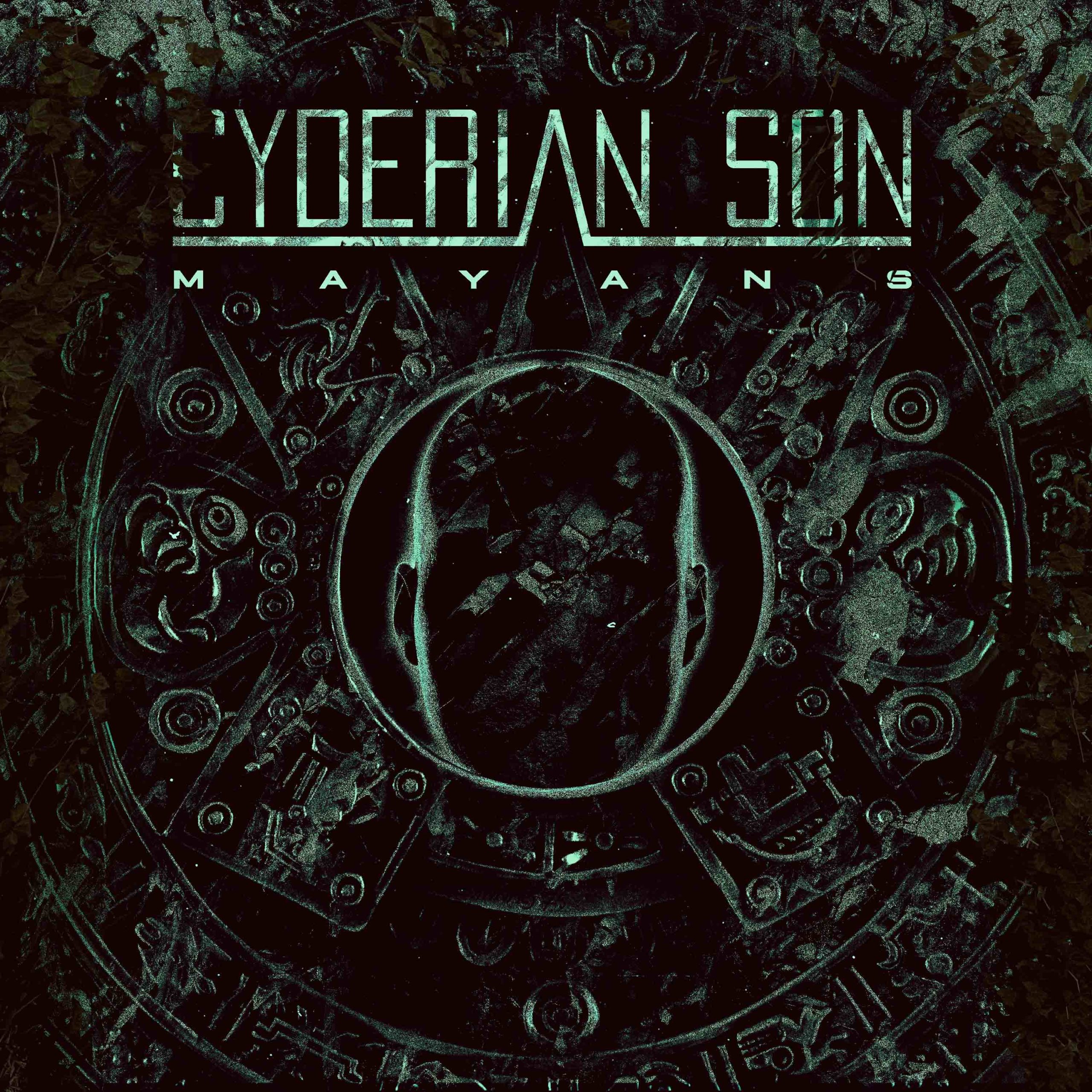
Artwork for “Mayans” by Cyderian Son
-

 Alternative/Rock7 hours ago
Alternative/Rock7 hours agoThe V13 Fix #010 w/ High on Fire, NOFX, My Dying Bride and more
-

 Hardcore/Punk7 days ago
Hardcore/Punk7 days agoHastings Beat Punks Kid Kapichi Vent Their Frustrations at Leeds Beckett University [Photos]
-

 Alternative/Rock6 days ago
Alternative/Rock6 days agoA Rejuvenated Dream State are ‘Still Dreaming’ as They Bounce Into Manchester YES [Photos]
-
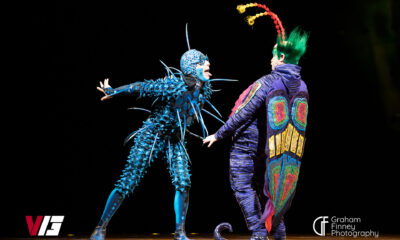
 Culture1 week ago
Culture1 week agoCirque Du Soleil OVO Takes Leeds Fans on a Unique, Unforgettable Journey [Photos]
-

 Music1 day ago
Music1 day agoReclusive Producer Stumbleine Premieres Beat-Driven New Single “Cinderhaze”
-
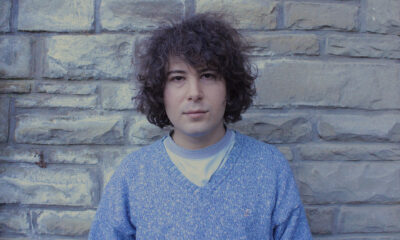
 Indie1 week ago
Indie1 week agoMichele Ducci Premieres Bouncy New Single “You Lay the Path by Walking on it”
-

 Culture2 days ago
Culture2 days agoDan Carter & George Miller Chat Foodinati Live, Heavy Metal Charities and Pre-Gig Meals
-

 Alternative/Rock1 week ago
Alternative/Rock1 week agoWilliam Edward Thompson Premieres His Stripped-Down “Sleep Test” Music Video

